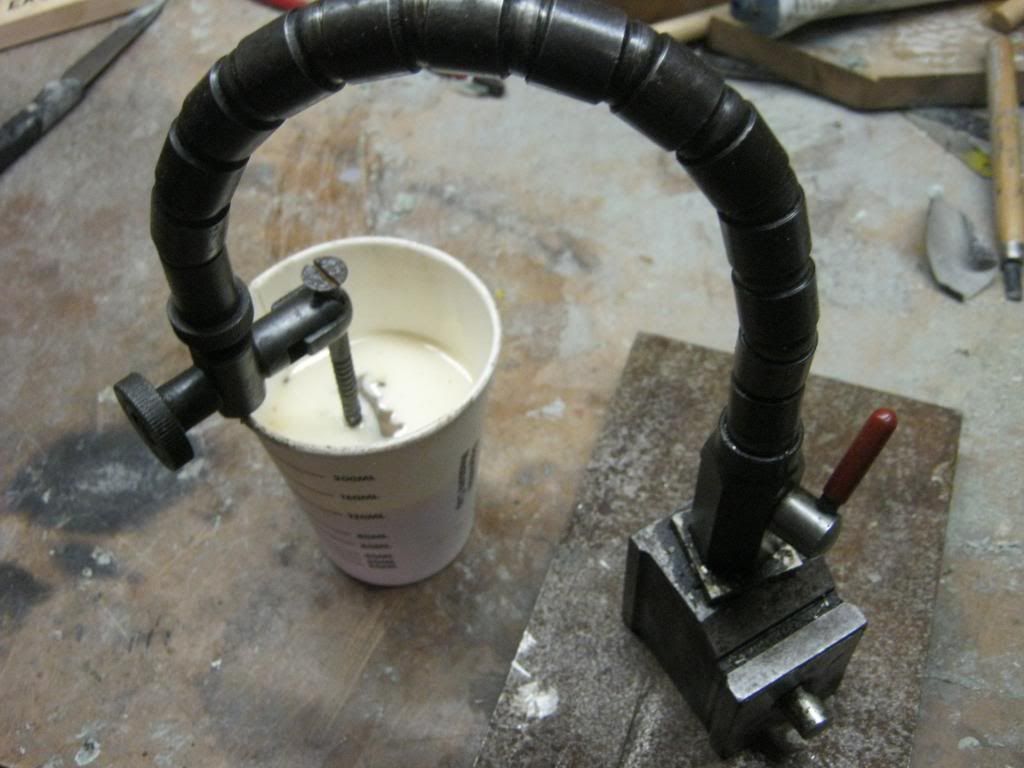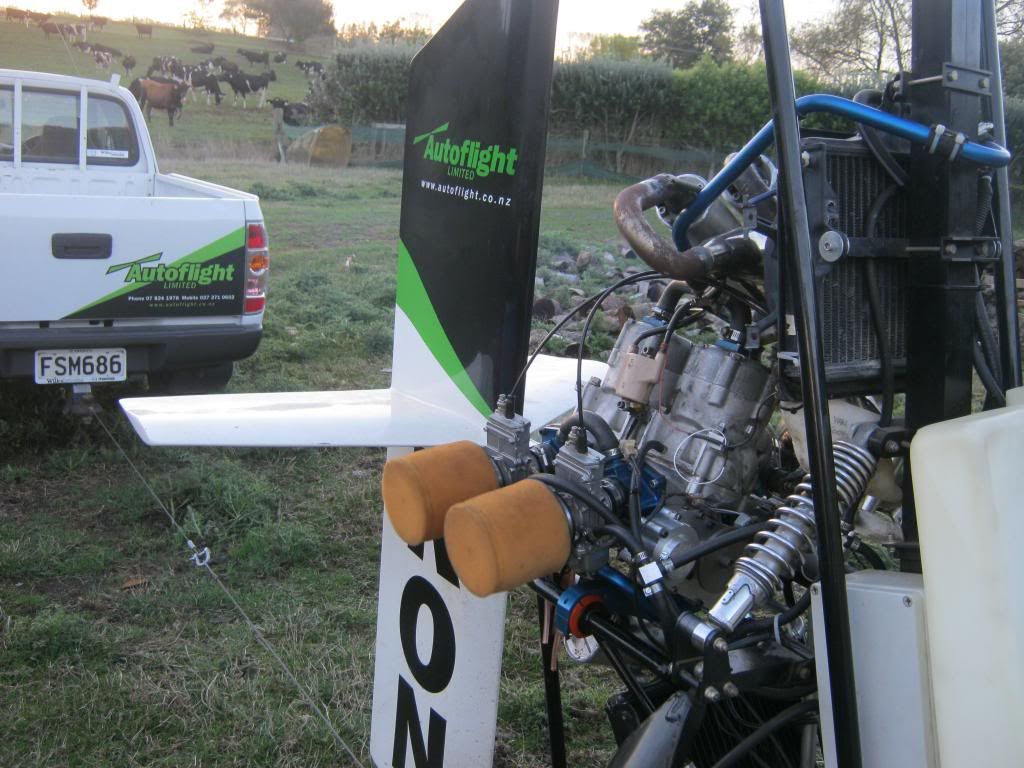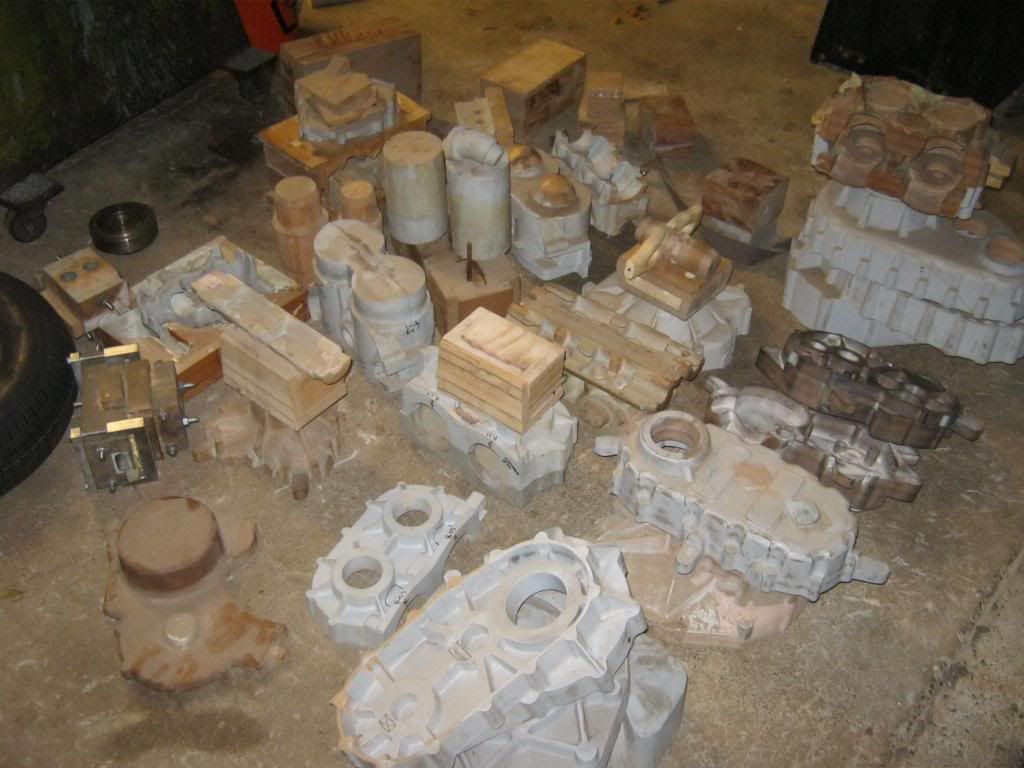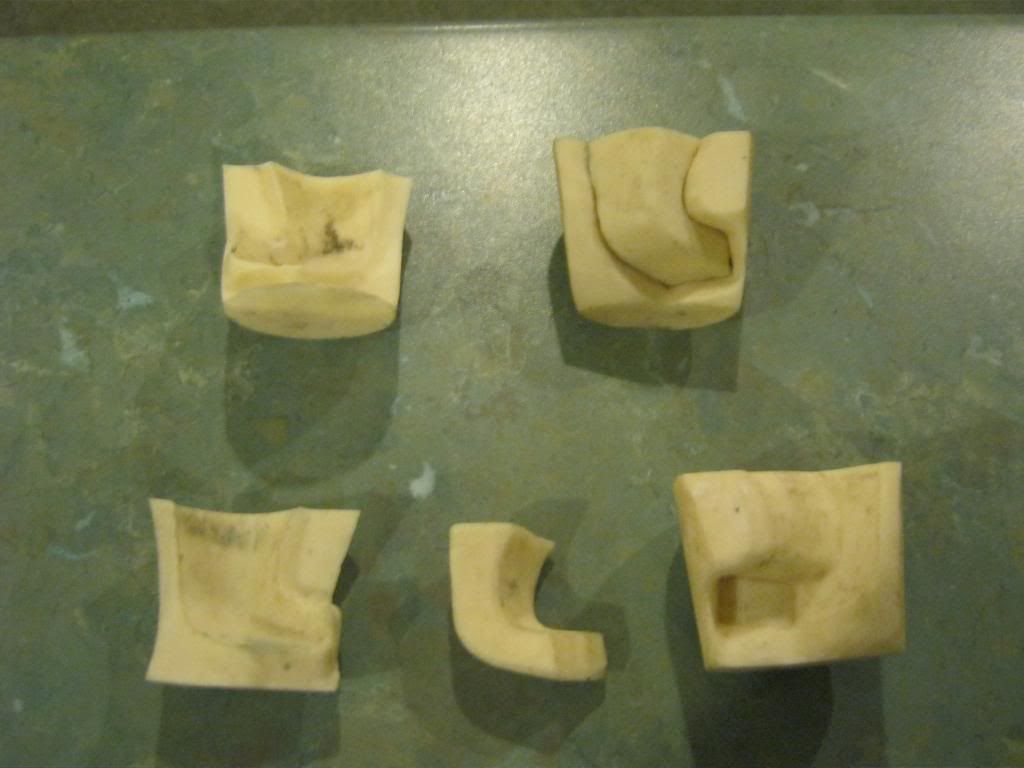

I don't think that will be a problem for this engine for a while. It needs to do a lot of ground work first, you know, see whats going to fall off it.




There has been many problems, it's never run smooth, holed a piston twice ( same cylinder ). SO I think ( each time there is a catastrophy, it gets thrown back in the shed for at least six months, plenty of time to think ) there must something up with the ignition ( ignitech ), so I test it in the milling machine using the spindle for the trigger. Cylinder one is good, cylinder two timing is all over the place ( no wonder the piston holed ). It seems the system I was using is no longer used by ignitech as it gives problems ( no shit ). So I got the pip with the ignitech and fitted my home made CDI ( no advance / retard ) , the upshot is now the engine runs sweet with minimal vibration, it's never run so well, bob weights are doing a good job also.
My fault for not testing the ignition first up, no ignition will go back on this engine without first testing it in the milling machine!
Well yes the port timings are lower than the cylinder I'm going to use on the 360 EFI engine. Open up the throttle and it will lift the main wheel off the ground, plenty of torque.


Here we go again, I'm finaly back on to cylinder production.I've got several cylinder projects on the go, a revamped 360 cylinder with prevision for a power valve, a 185 (ish) cylinder for YZ125 engines and now also a cylinder to suit an RG400. In other words a modern cylinder to suit the RG ( Bucket cylinders ), I might want one or two.
A water cooled 25cc cylinder might be nice too.

Flettner,
New cylinder(s), good on you. Hmmm, but what could the pic be of ? I reckon it is a male shape of a transfer passage or powervalve relief passage, possibly made by hand or 3D printer, being cast in silicone so you can make a number of cold set sand cores.
Ken
"Success is the ability to go from one failure to another with no loss of enthusiasm.”






A couple of pictures of the 700 twin at work, got it up to 6200 rpm for a while today, holding temps nicely. I will have to stop testing around home, it is loud ( in a good way I think ).



This is an example of a core box. The bottom left hand item is the original hand crafted part ( copied in part from a cylinder I had on the shelf). The right hand pair are the core box that was made around the original. I made two extra shapes from the core box and glued them into the pattern ( as you can see ). So now when the pattern is invested into the sand, it leaves room ( core prints ) for sand cores all made in the original core box to fit in. This will make the casting hollow where the reeds fit, no machining nessary.
Sorting out a few old patterns on the shelf. They might have to go down to the "storage cowshed" down the road.



Managed to get my head around it all .... eventually!
Looking forward to making patterns/coreboxes etc. and learning by mistakes.
You obviously don't (probably don't need to) use the ready made reusable stuff on the market for taking off shapes for transfers etc. - it does sound good, but it's probably a bit expensive for me for a start anyway!
3D printers seem to be used a lot these days for patterns (even though they've been around since the late seventies), but a lot of people seem to think that they can make everything, - my feeling is that they will find a niche where they will be useful but won't take over completely,
I remember hearing a long time ago that cnc machining would make casting obselete - hasn't happened! - just as they said that microwave ovens would take over all the cooking! - theories about exciting new stuff aren't always right!
New parallel twin looking good, the cattle look impressed!
Will.


Flettner,
I guess the whole twin 2T engine setup would probably produce as much peak HP as say an EA 81 setup (guess you'd need a bigger reduction) but how would the all up weight and cost compare to the Subaru? ie if the engine was also manufactured by you?
Will.


Hotted up standard EA81 (siamesed inlet and exhaust heads) approx 90HP, SUB4 type EA81 with four port heads, 120HP (same red line). Weight approx 95Kg with gearbox. Standard EA81 72HP.
2T engine 38Kg including gearbox, conservitive 80HP. Needs smaller rotor system ie less drag, faster and more nimble with the 2T.
And smells / sounds way better too!


Here we have hard copies of the rubber transfer ports lifted from our 'suitable' cylinder. With these hard shapes we can modify them to suit the needs of the cylinder we want to build. These molds will be discarded (kept on the shelf but probably never used again).



[QUOTE=Flettner; 2T engine 38Kg including gearbox, conservitive 80HP. Needs smaller rotor system ie less drag, faster and more nimble with the 2T.
/QUOTE]
So there is definitely a good reason to keep the good old twostroke engine in circulation! I can't believe the difference in weight! - looks like you are on the right track developing that one.
What sort of resin do you use to harden the rubber moulds in the pictures, would it be better for me to use 'vinamold' ?
At the moment I'm doing some test pieces trying to figure out a good recipe ( concoction maybe ), to use in my furnace, ie the hotface part, - all good fun even if I do it my own way!
Used my wife's oven today to dry out a piece and I had to leave all the doors etc. open to get rid of the smell before she got home , trouble is, the damn thing cracked!
Will.
There are currently 1 users browsing this thread. (0 members and 1 guests)
Bookmarks